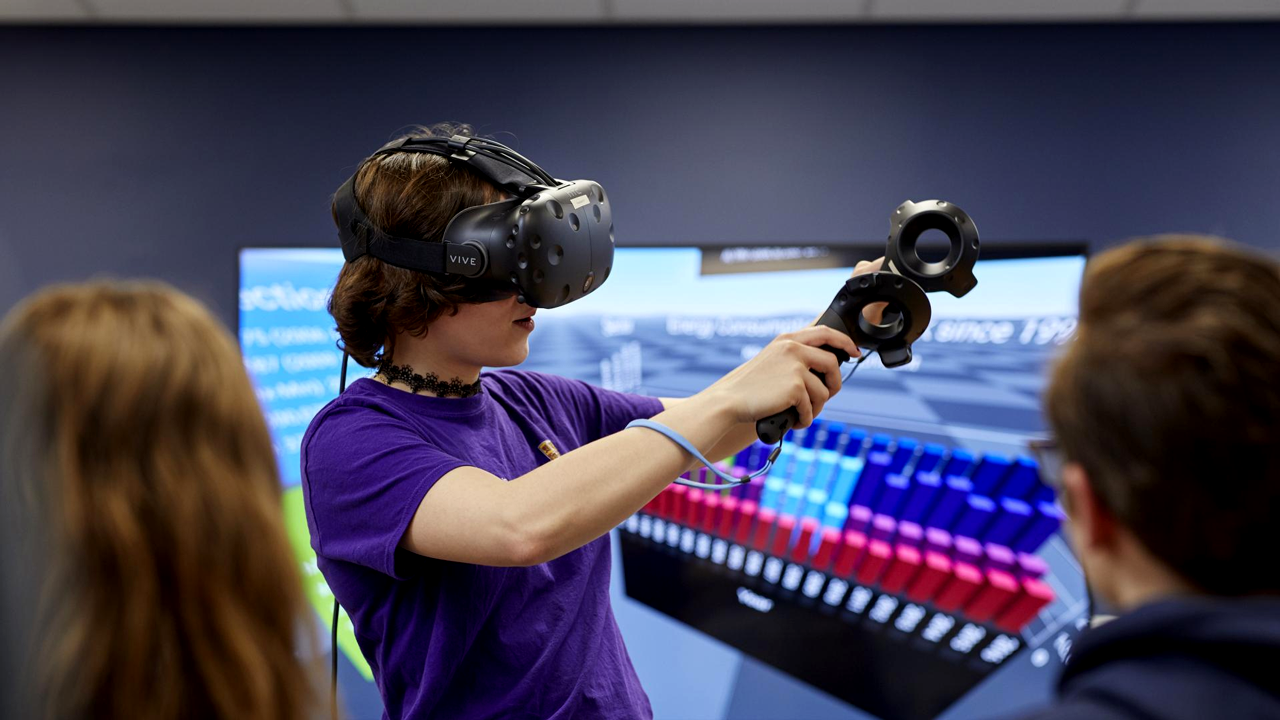
Space exploration is a testament to humanity’s curiosity and desire to push the boundaries of knowledge. It is an endeavor that not only satisfies our innate curiosity but also holds the promise of unlocking the mysteries of the universe and paving the way for the future of humanity among the stars.
Read More: Beyond Our World: The Latest in Space Exploration
Contents
Space Exploration Updates

The exploration of space has always captured the imagination of humanity. From the earliest observations of the night sky to the modern-day missions exploring distant celestial bodies, our fascination with the cosmos has driven us to seek answers to fundamental questions about our place in the universe.
Recent Discoveries
Exoplanets
In recent years, astronomers have made significant strides in the discovery of exoplanets – planets that orbit stars beyond our solar system. These discoveries have revealed a staggering diversity of worlds, ranging from rocky terrestrial planets to gas giants similar to Jupiter. Of particular interest are exoplanets located within the habitable zones of their parent stars, where conditions may be conducive to the existence of liquid water and, potentially, life.
Black Holes
Black holes, once regarded as purely theoretical constructs, have become the focus of intense study and fascination in recent decades. These enigmatic objects, formed from the remnants of massive stars that have collapsed under their gravity, exert a gravitational pull so strong that not even light can escape their grasp. Recent advancements in observational technology, such as the Event Horizon Telescope, have allowed scientists to observe black holes directly and study their profound effects on the surrounding space-time.
Cosmic Microwave Background Radiation
The cosmic microwave background radiation (CMB), discovered in 1965, provides a window into the early universe’s conditions. This faint glow permeates the cosmos and is the remnant of the Big Bang – the moment of creation nearly 13.8 billion years ago. By studying the properties of the CMB, astronomers can glean valuable insights into the universe’s origins, its composition, and its eventual fate.
Advancements in Technology

Space Telescopes
One of the most significant advancements in observational astronomy has been the development of space telescopes. Unlike ground-based observatories, which are limited by Earth’s atmosphere, space telescopes orbit above the atmosphere, providing a clear and unobstructed view of the cosmos. The Hubble Space Telescope, launched in 1990, has revolutionized our understanding of the universe, capturing breathtaking images of distant galaxies, nebulae, and other celestial phenomena. Its successor, the James Webb Space Telescope, set to launch shortly, promises to push the boundaries of discovery even further with its advanced capabilities.
Mars Rovers
Robotic explorers, such as the Curiosity and Perseverance rovers, have greatly expanded our knowledge of the Martian surface. These sophisticated machines are equipped with a suite of scientific instruments designed to study the geology, climate, and potential habitability of Mars. Over the years, these rovers have uncovered compelling evidence of ancient waterways, organic molecules, and other indicators that suggest Mars may have once-harbored conditions suitable for life.
International Collaboration
International Space Station (ISS)
The International Space Station (ISS) serves as a shining example of international collaboration in space exploration. Since its launch in 1998, the ISS has been continuously inhabited by rotating crews of astronauts from various countries, who live and work together in the harsh environment of space. The station serves as a platform for scientific research across a wide range of disciplines, including biology, physics, and materials science, providing valuable insights into the effects of long-duration spaceflight on the human body and mind.
Artemis Program
The Artemis program, led by NASA, aims to return humans to the Moon and establish a sustainable lunar presence by the decade’s end. Building upon the successes of the Apollo missions, the Artemis program seeks to lay the groundwork for future crewed missions to Mars and beyond. In addition to advancing scientific knowledge, the program also aims to demonstrate new technologies and capabilities that will enable future exploration of the solar system.
Challenges and Solutions
Radiation Exposure
One of the primary challenges of long-duration space travel is radiation exposure. Beyond the protective confines of Earth’s magnetosphere, astronauts are exposed to higher levels of cosmic radiation, which can pose significant health risks, including an increased risk of cancer and other radiation-related illnesses. To mitigate this risk, researchers are developing advanced shielding technologies and medical countermeasures to protect astronauts during extended missions beyond low Earth orbit.
Long-term Space Travel
The prospect of interstellar travel poses formidable challenges, including propulsion systems capable of reaching relativistic speeds and sustaining human crews for journeys spanning decades or even centuries. While conventional chemical rockets remain the primary means of space travel for now, researchers are exploring innovative concepts such as nuclear fusion propulsion, antimatter engines, and hypothetical technologies like warp drives. At the same time, these ideas may seem like science fiction, but continued research and technological advancements bring the dream of interstellar travel closer to reality with each passing day.
Future Prospects

Colonization of Mars
The colonization of Mars represents a bold vision for the future of humanity. By establishing a sustainable outpost on the Red Planet, we can learn to live and thrive in a harsh, alien environment and prepare for the eventual expansion of human civilization beyond Earth. In addition to serving as a scientific research outpost, a Martian colony could serve as a stepping stone for further exploration of the solar system and, ultimately, the stars.
Interstellar Travel
While interstellar travel remains a distant prospect, ongoing research and technological advancements bring this once-fanciful notion closer to reality. Concepts such as solar sails, antimatter propulsion, and theoretical warp drives offer potential pathways to the stars, allowing humanity to explore distant exoplanetary systems and, perhaps, make contact with other civilizations beyond our solar system.
Read More: The UK Investment in Space Technology: A New Frontier
FAQs
- How do space telescopes enhance our understanding of the universe? Space telescopes provide astronomers with a clear view of celestial objects unhindered by Earth’s atmosphere, allowing for detailed observations across a wide range of wavelengths.
- What are some of the key objectives of the Artemis program? The Artemis program aims to return humans to the Moon, establish a sustainable lunar presence, and pave the way for crewed missions to Mars.
- What challenges do astronauts face during long-duration space missions? Astronauts must contend with radiation exposure, microgravity-induced health effects, and psychological stressors associated with isolation and confinement.
- How are exoplanets detected? Exoplanets are detected through various methods, including transit, radial velocity, and direct imaging.
- What are some potential propulsion technologies for interstellar travel? Proposed propulsion technologies for interstellar travel include nuclear fusion, antimatter propulsion, and hypothetical concepts like warp drives.
The Final Words
Space exploration is a testament to humanity’s curiosity, ingenuity, and spirit of exploration. With each discovery and technological advancement, we inch closer to unlocking the secrets of the universe and fulfilling our destiny as explorers of the cosmos. As we gaze upward into the night sky, let us continue to dream big, push the boundaries of what is possible, and reach for the stars.








One Comment